|
Frogfruit or turkey tangle (Phyla nodiflora, FAC) is a common lawn weed throughout Florida. It is also well distributed throughout the tropics around the world. In India, it is used medicinally.
1 Comment
Creeping oxeye or as it was previously known, Wedelia (Sphagneticola trilobata, EPPC II) is a facultative species that is well distributed throughout our State. It is a mat forming perennial herb that spreads vegetatively because it is commonly used as an ornamental.
American Pokeweed (Phytolacca americana, FACU), or just pokeweed, is very common throughout our State. It grows up to 8-ft tall and is an important food source for some songbirds. Although the berries may look tempting, they are extremely toxic most mammals.
There are over 20 different species of goldenrod (Solidago spp.) in Florida. Some of the more common species include Leavenworth's goldenrod (Solidago leavenworthii, FACW), Chapman's goldenrod (Solidago odora var. chapmanii), seaside goldenrod (Solidago sempervirens, FACW), and Wand goldenrod (Solidago stricta, FACW). Most species lean towards being in wetter environments though some upland varieties do exist. Pictured above is the Seaside goldenrod (Solidago sempervirens) .
Swamp tupelo or swamp black-gum (Nyssa biflora) is a wetland tree (OBL) that can grow to over 100-feet tall. It is common throughout Florida's swamps. Recently it was determined to be a separate species from black-gum (Nyssa sylvatica).
Peruvian primrose willow (Ludwigia peruviana) is a EPPC I invasive that is well establish throughout Florida. It prefers marshy wetland areas like ditches, lake shores, and swamp edges and can grow up to 12-feet in height.
Spurred Butterfly Pea (Centrosema virginianum) is a small showy vine that is common throughout Florida. However, the leaves pictured here are mostly that of sweetgum (Liquidambar styraciflua), but a few compound leaves from this legume are visible to the right of the flower (although most of those appear to be poison ivy (Toxicodendron radicans). So I guess this week's native plant of the week is a trifecta!
Pineland Daisy or Woolly Sunbonnets (Chaptalia tomentosa, FACW) is common throughout the State and as it's name suggests, usually found within Pineland habitats.
|
Scott BlanfordCOO Verde Environmental Archives
September 2020
Categories |
We FIND THE BEST SOLUTIONS for our customers by providing Quality PLANS that DELIVER RESULTS.
ContactMain Office
|
Telephone(352) 789-9242
|
info@verdeenv.com
|

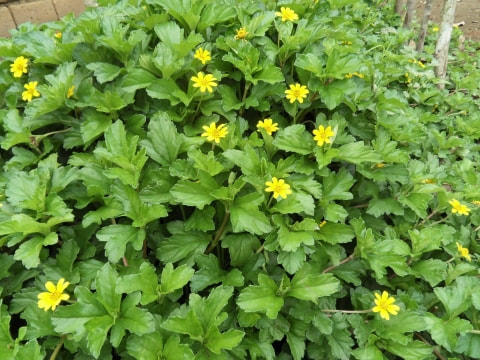
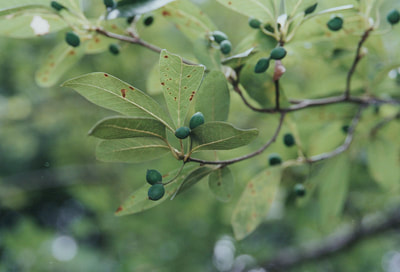
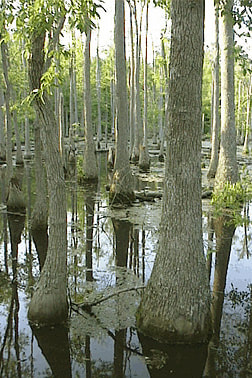
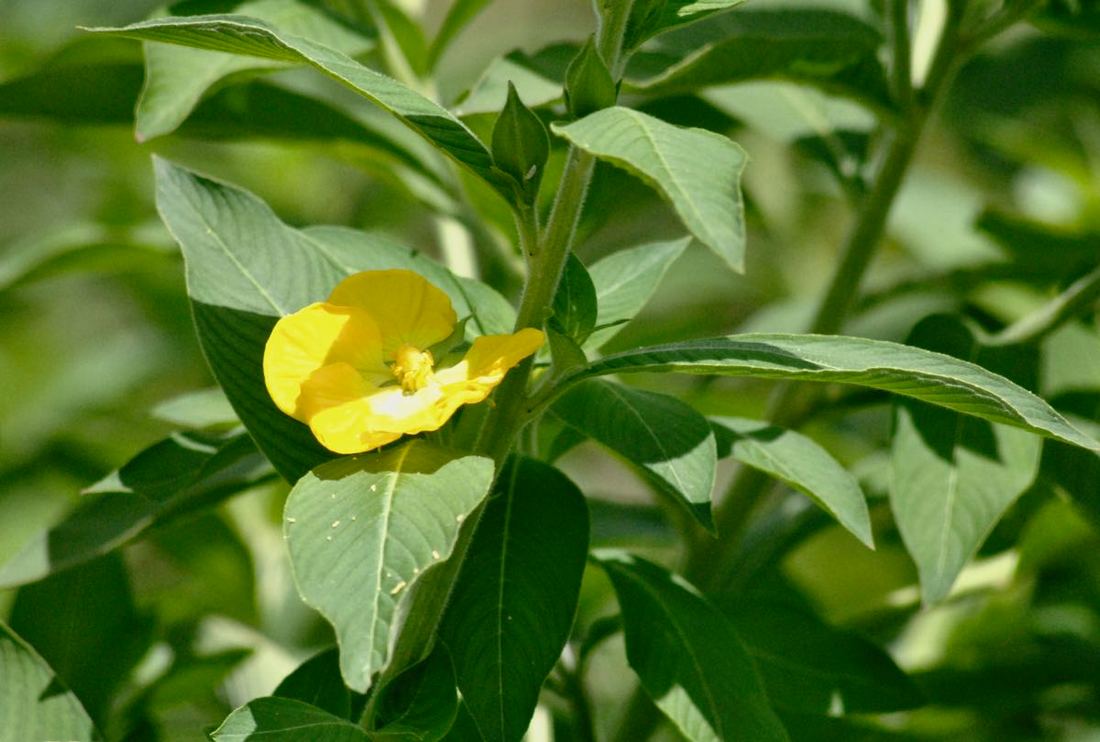
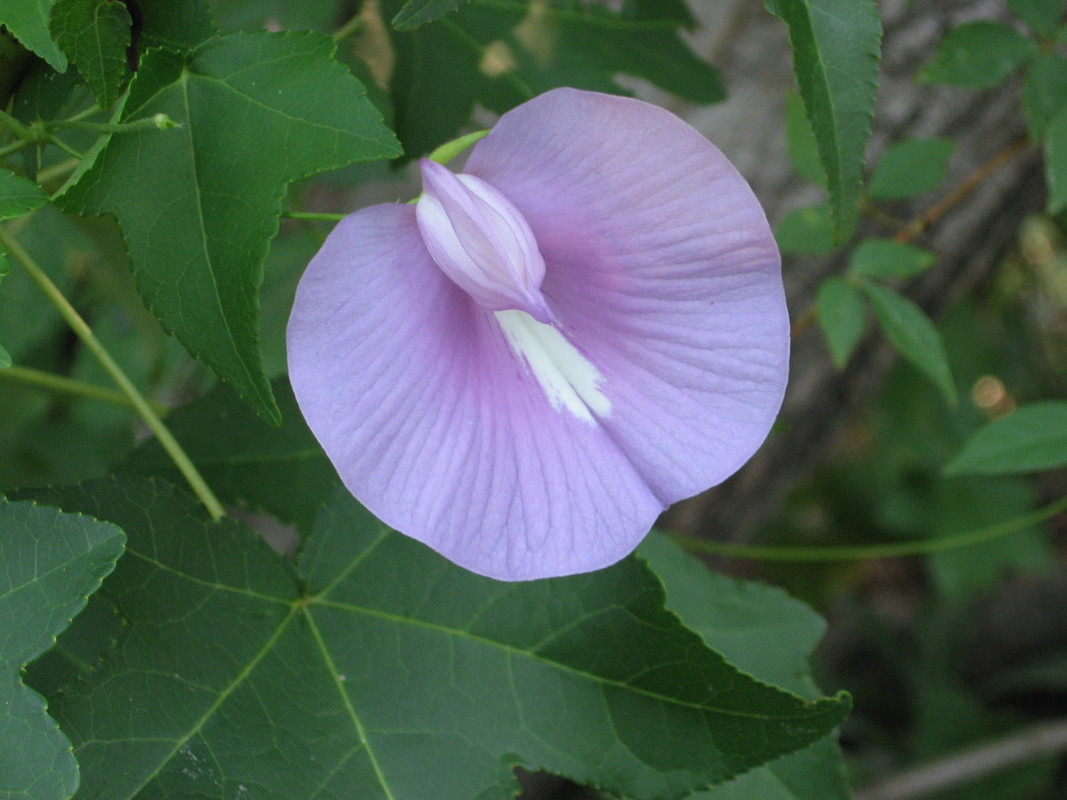
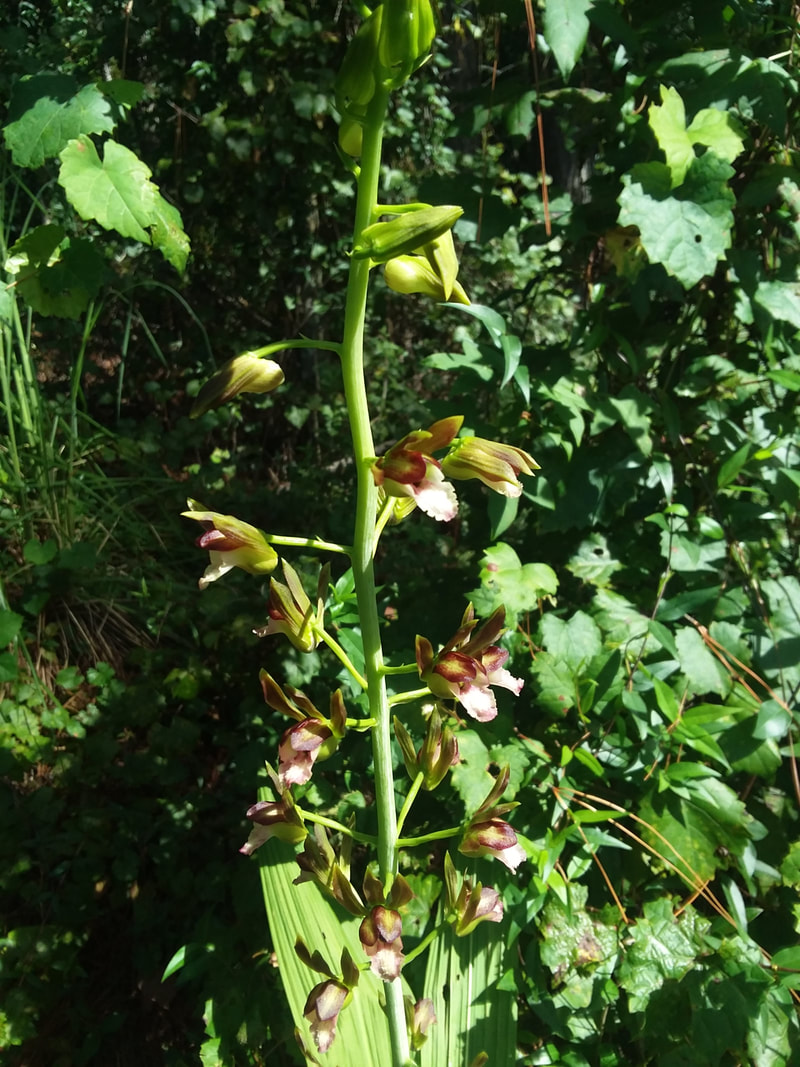
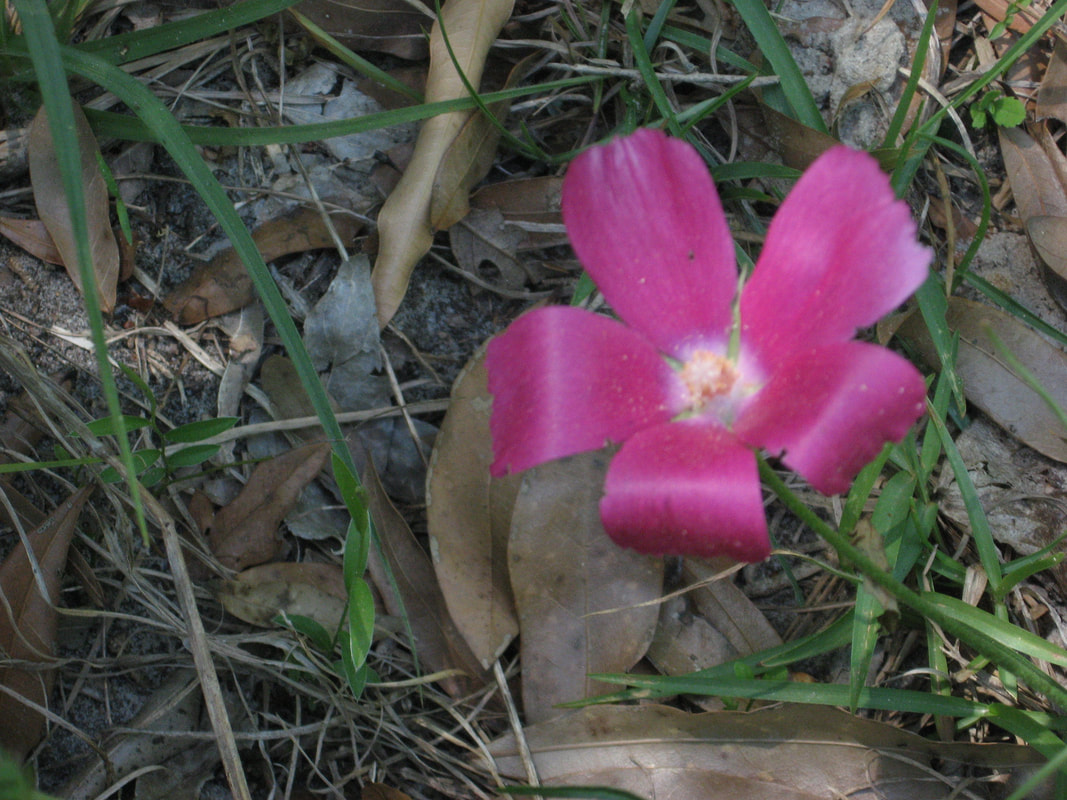
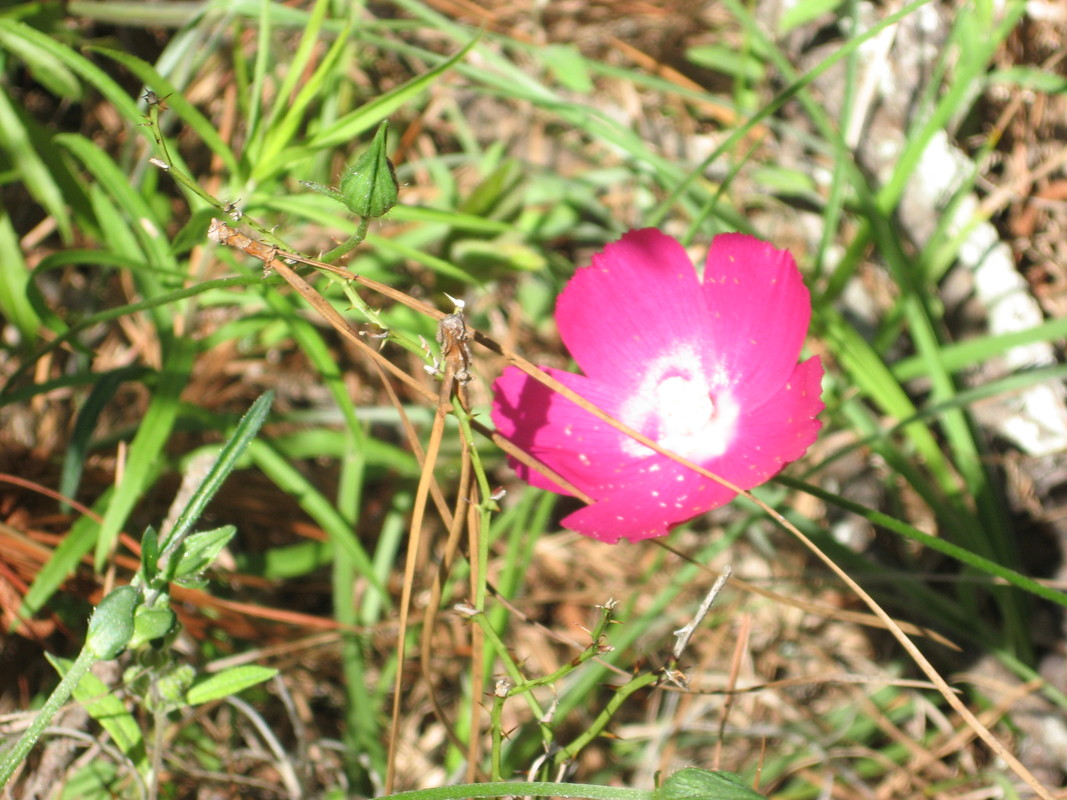
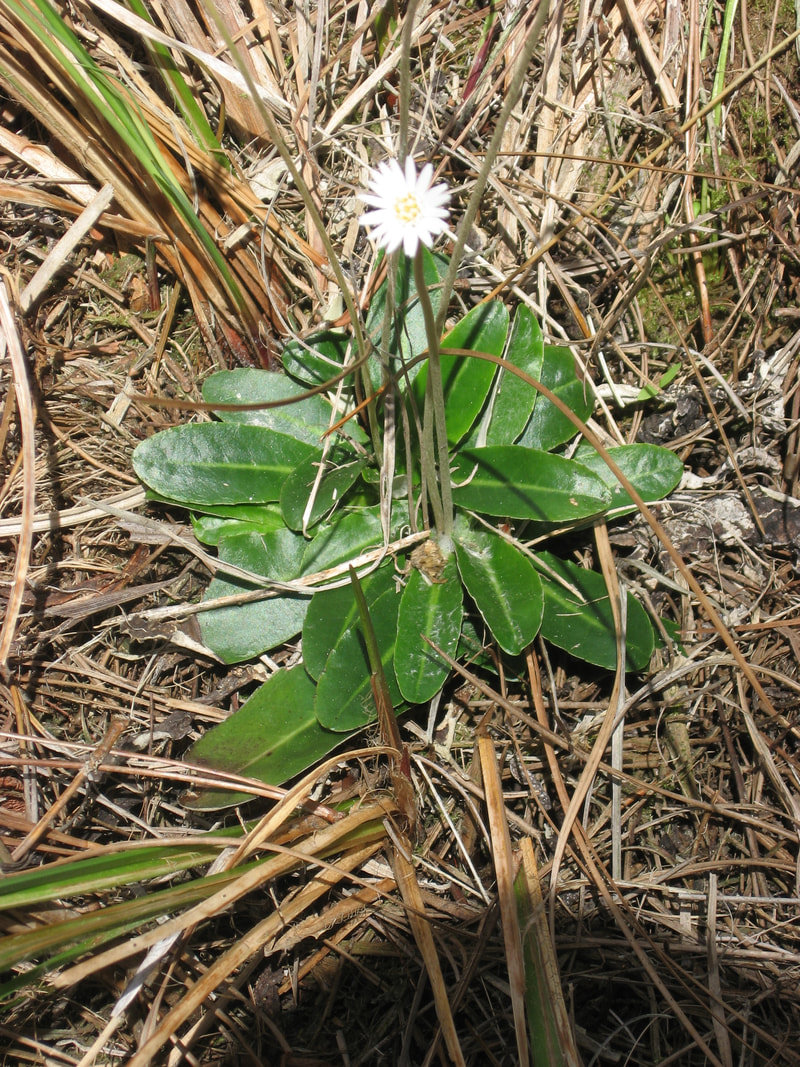
 RSS Feed
RSS Feed